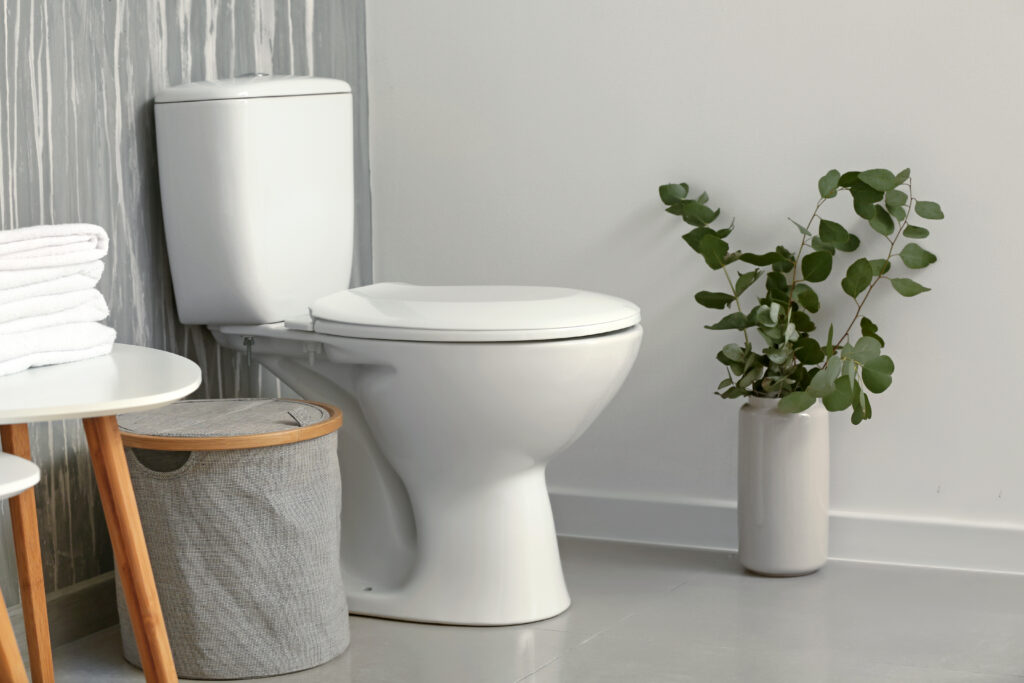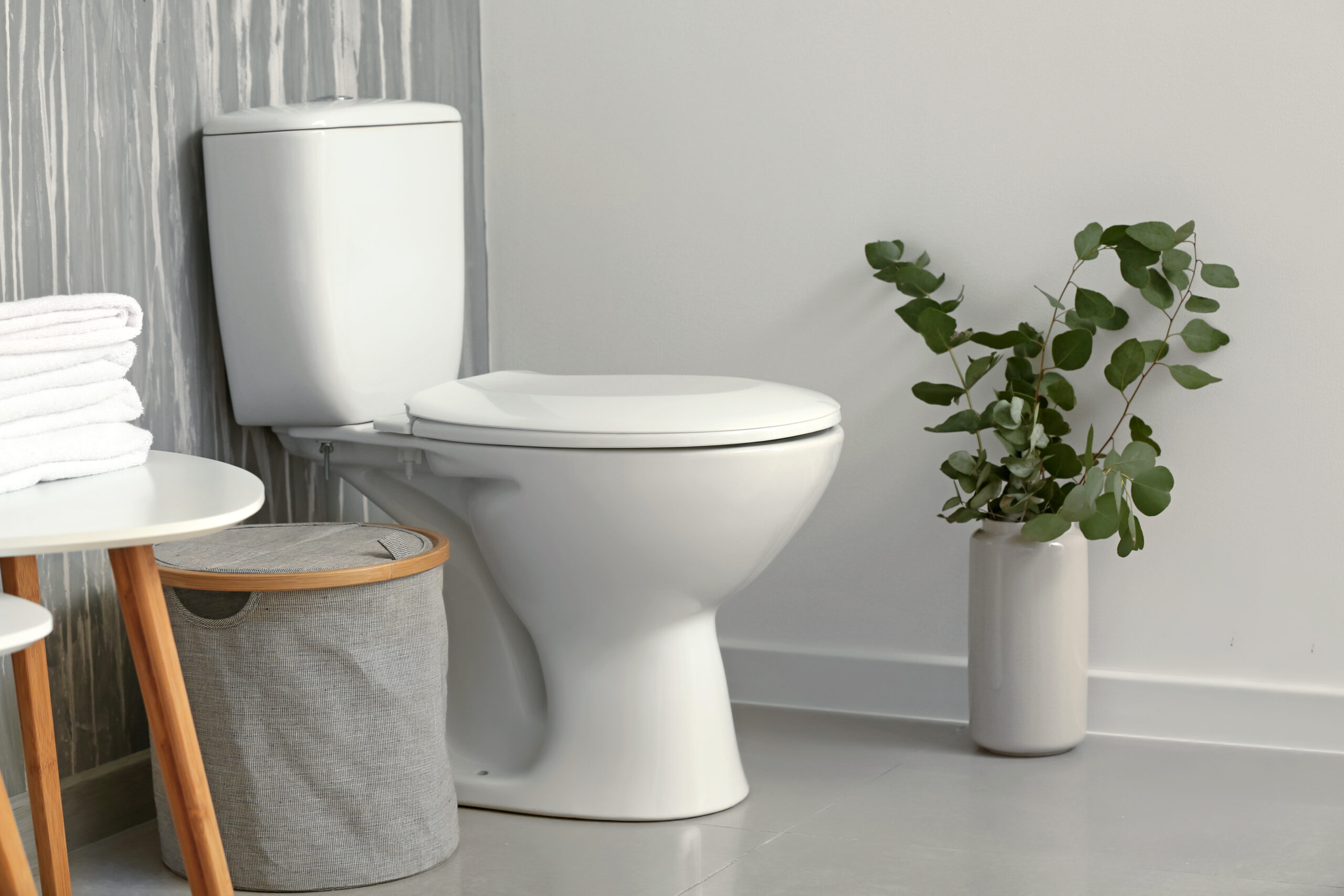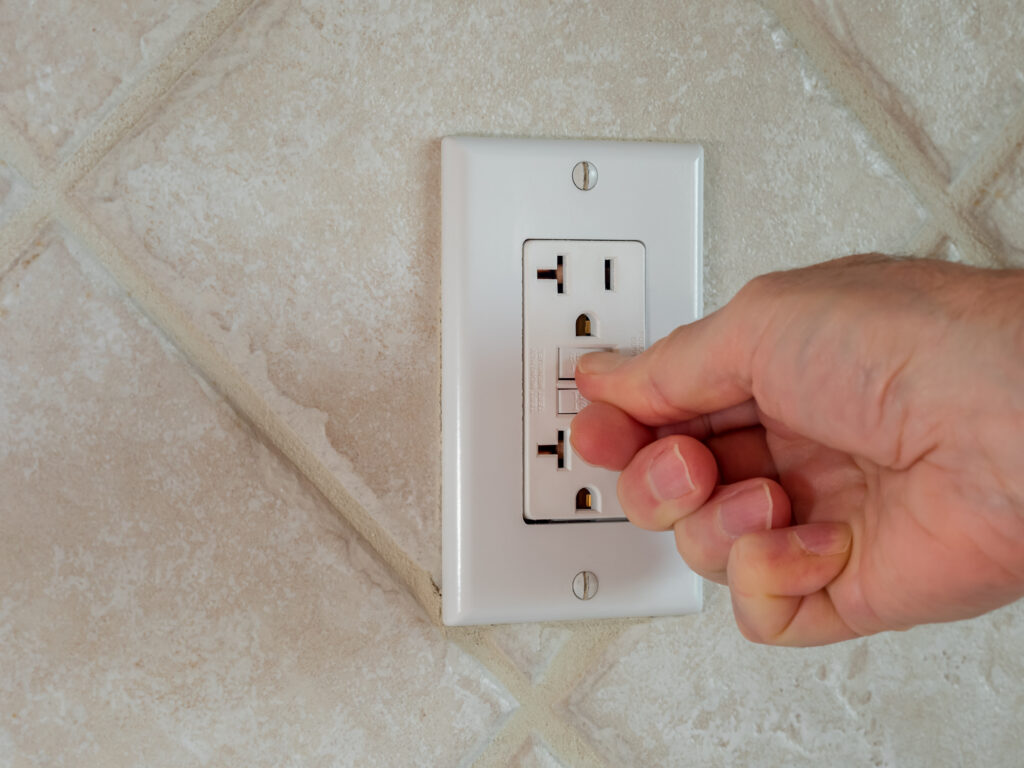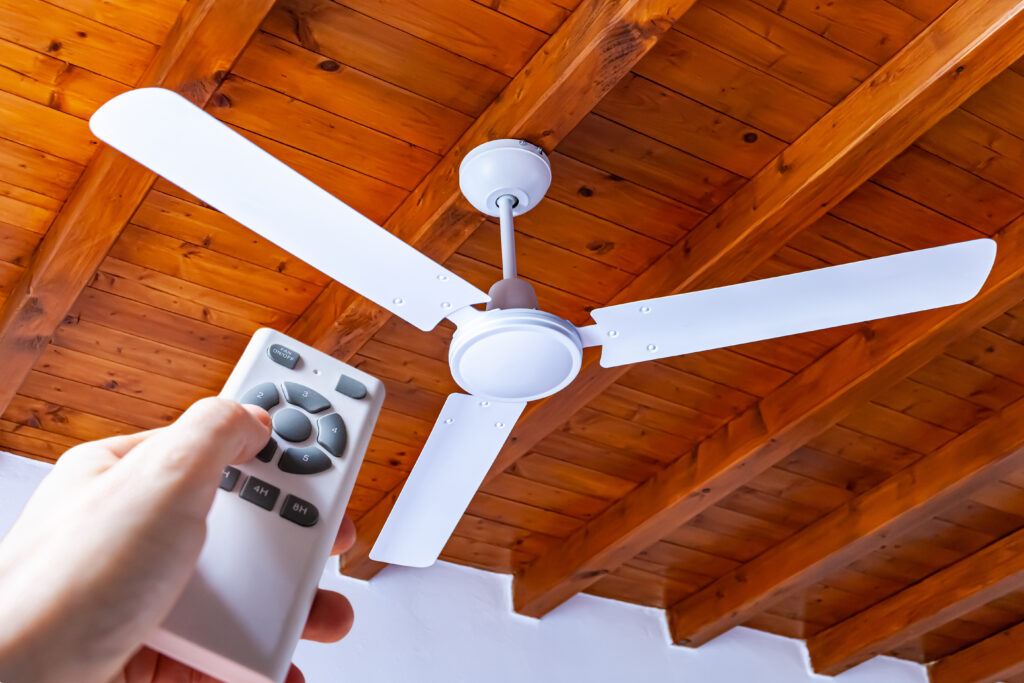How to Know If Your Toilet Is Leaking: A Homeowner’s Guide to Silent Water Wasters
Alright, let’s talk about something that doesn’t exactly come up at dinner parties: toilet leaks. Not glamorous, I know. But if you’re a homeowner, this little bathroom mystery can quietly cost you hundreds—maybe more—in wasted water and repairs if left unattended. And yup, it happens more often than you’d think. Imagine fully paying your water bill and still funding a steady stream… going nowhere. Fun, right? Actually, no. So, let’s get you in the know—the real, practical stuff about how to spot a toilet leak, how your toilet works, and what steps you can actually take to get it handled before it spirals from a drip to a disaster.
Understanding How Your Toilet Works (And Why It Leaks)
So here’s the thing: your toilet might seem like a simple swirl-and-flush situation, but it’s got more going on under that lid than meets the eye. Inside the tank (the back part, not the bowl), you’ve got a system of valves, flappers, floats, and fill tubes working together like a team of tiny plumbers. When you flush, water exits the tank, goes into the bowl, whooshes waste down the drain, and then refills. Over time, the parts inside the tank—especially the rubber flapper—can get warped, cracked, or gunked up. And when they don’t seal properly? Boom. You’ve got a toilet leak.
How to Tell If Your Toilet Is Leaking (Without a Plumber… or a PhD)
If your toilet is leaking, odds are it’s not gushing water all over your tile floor (though that definitely happens and you’d know). More often, it’s sneaky. Here’s what you can watch for. First: sound. Is there a ghostly humming or hiss coming from the tank when no one’s even flushed recently? That sound might be the fill valve refilling a tank that’s slowly losing water into the bowl. Yeah, creepy stuff. Next, try the dye test. Seriously, drop a few drops of food coloring into your tank (not the bowl) and leave it alone for 15 to 30 minutes. If the color appears in the bowl, the flapper or seal is probably failing. No plumber necessary for this test, just some food coloring and the tiniest bit of patience.
Why a Leaky Toilet Matters (Hint: It’s Your Water Bill)
Alright, let’s do some quick math—not scary math, but the kind that makes you raise an eyebrow. A slow toilet leak can waste up to 200 gallons of water a day. A day! That’s like leaving the hose running on your lawn for hours, every single day, whether you’re home or not. Multiply that out over a month, and you’re potentially adding dozens of dollars—or more—to your utility bill without even realizing it. Plus, all that sneaky moisture? It can wear out your flooring, damage subflooring, rot wood, or encourage mold under the toilet base. And that’s a repair that goes way beyond annoying into budget-breaking territory. All starting from a tiny trickle you can’t see.
Common Causes of Toilet Leaks (And What You Can Actually Do About Them)
If your toilet is leaking, the most likely culprits are wear-and-tear parts inside the tank. Yup, things like the flapper valve, the fill valve, the flush valve, or that little float that looks like it came from a science fair project. The flapper—basically a rubber plug—is the most common cause and luckily not too hard to replace. If the fill valve is faulty, your tank won’t shut off water properly and will constantly try to refill itself. Sometimes, even the bolts between the tank and bowl can loosen up over time and let out a slow, steady drip. All this to say—you can often fix a leak with some basic supplies from the hardware store and maybe 30 minutes. (Or, okay, an hour if you’re distracted like I was last time. I watched three videos first.)
When It’s Time to Call in a Pro (Or Lean on a Home Warranty)
Now sometimes, no matter how handy you are with a wrench and a YouTube tutorial, a leaky toilet just gets weird. Like when it’s not the tank, but the supply line or the wax ring seal at the base. That’s when repairs can get messy—shutting off water to the whole house, pulling up the toilet, reseating it, maybe even replacing flooring beneath it. This is where a home warranty can really earn its keep. Because let’s be honest: nobody wants to DIY their way through a plumbing emergency, especially when you’re halfway through your first coffee. A warranty plan means you don’t panic-call the first overpriced plumber on your timeline—it means you’ve got expert help built right into your budget.
Preventative Tips to Avoid Toilet Troubles in the First Place
Let me say this: toilets don’t have to be charming to deserve a little love. Think regular checkups. Every few months, lift that tank lid and peek around. Is the flapper looking brittle? Is there weird buildup on any of the valves? A little vinegar soak or gentle scrub can help. If parts look super aged, just swap them out before they become a hassle. Remember, a well-maintained toilet is a happy, whisper-quiet, and leak-free throne. And maybe even more importantly? It shows your water bill some mercy—because believe me, it notices.
Protect Your Plumbing and Your Peace of Mind with Armadillo
So, leaky toilets: not the most glamorous DIY project but definitely one of the most cost-effective to catch early. And when it comes to the unexpected costs of repairs—especially for essential systems that can really disrupt your life—it’s smart to plan ahead. That’s where Armadillo has your back. With coverage for plumbing systems and key home features, Armadillo keeps you protected when leaks sneak up or something more serious calls for professional help. Check out what’s covered and get the peace of mind you deserve at armadillo.one. Or, if you’re ready to dive in and start building a custom plan that fits your home, your life, and your budget, head over to our plan builder and let’s get it rolling. Because leaks are sneaky—but with Armadillo, your protection doesn’t have to be.


























